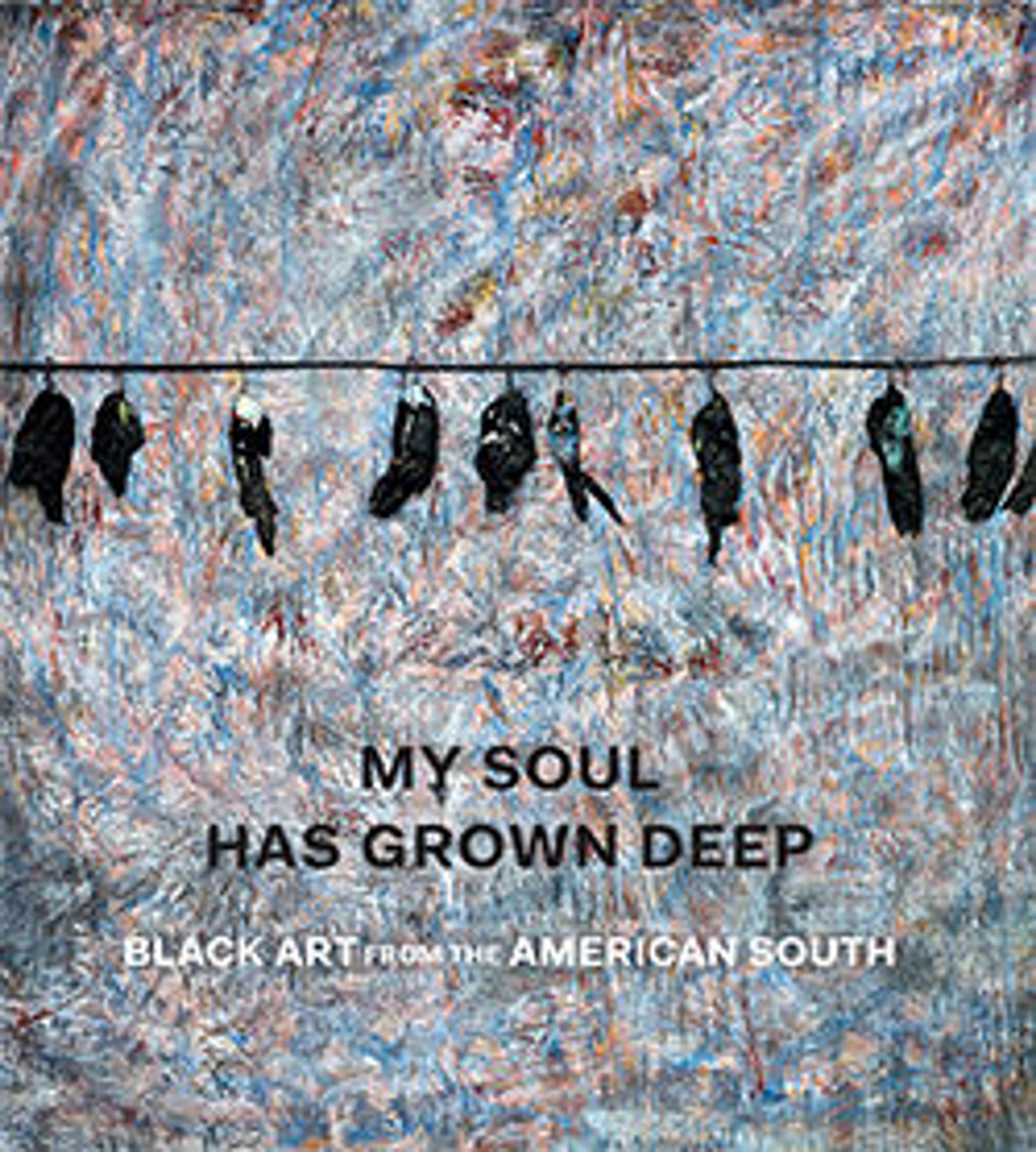Grown Together in the Midst of the Foundation
This piece underscores the links between two historical forms of labor in Birmingham: slavery and steel manufacturing. Like most Southern African Americans, Holley traces his ancestry back to slavery, symbolized here by the cotton tree root. Birmingham was a city that grew from modern industry, when rural freemen came to work in dangerous iron blast furnaces and coal mines. The steel and wire emblematize the African American labor force that established the city as the industrial center of the Southeast. "Grown together" refers to how these forms of labor laid Birmingham’s "foundation" and made possible its economic success in the latter part of the nineteenth century and the first half of the twentieth.
Artwork Details
- Title:Grown Together in the Midst of the Foundation
- Artist:Lonnie Holley (American, born Birmingham, Alabama, 1950)
- Date:1994
- Medium:Cottonwood, steel, metal wire, concrete and poly(vinyl chloride / vinyl acetate)
- Dimensions:96 1/2 in. × 37 in. × 29 in. (245.1 × 94 × 73.7 cm)
- Classification:Sculpture
- Credit Line:Gift of Souls Grown Deep Foundation from the William S. Arnett Collection, 2014
- Object Number:2014.548.8
- Rights and Reproduction:© Lonnie Holley/Artists Rights Society (ARS), New York
- Curatorial Department: Modern and Contemporary Art
More Artwork
Research Resources
The Met provides unparalleled resources for research and welcomes an international community of students and scholars. The Met's Open Access API is where creators and researchers can connect to the The Met collection. Open Access data and public domain images are available for unrestricted commercial and noncommercial use without permission or fee.
To request images under copyright and other restrictions, please use this Image Request form.
Feedback
We continue to research and examine historical and cultural context for objects in The Met collection. If you have comments or questions about this object record, please contact us using the form below. The Museum looks forward to receiving your comments.
